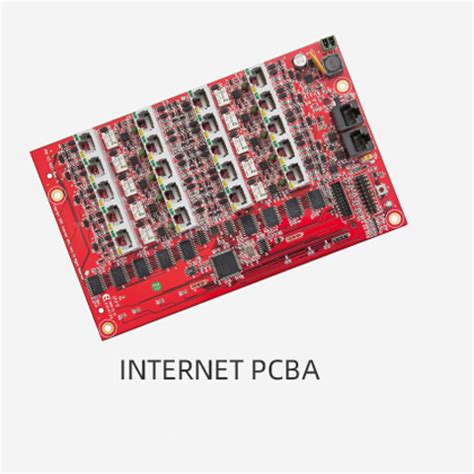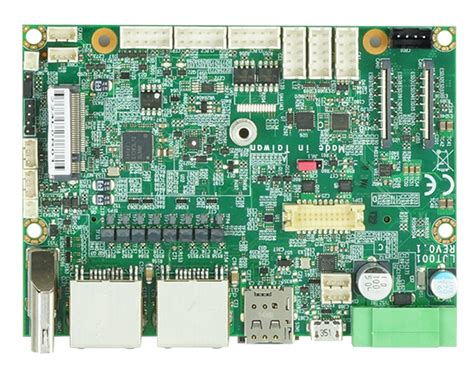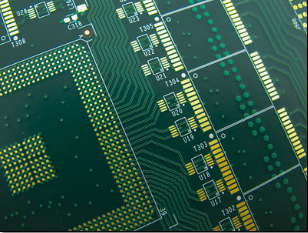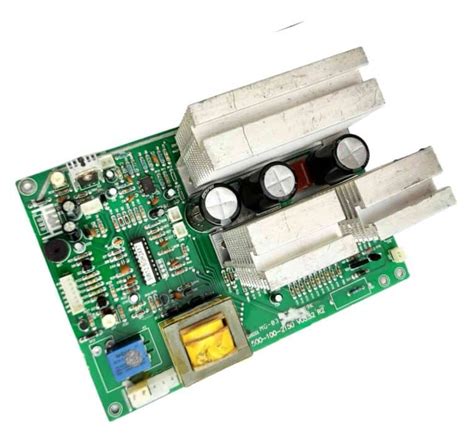Optimizing Profitability in Modern PCB Assembly Ventures
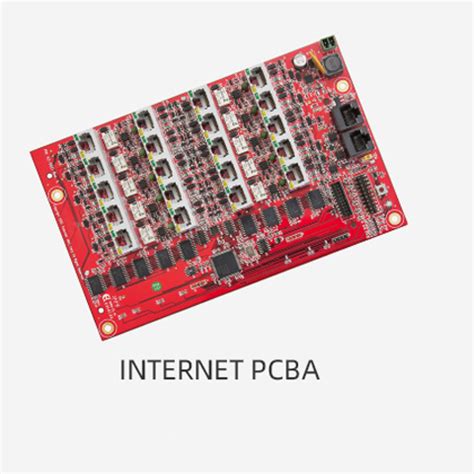
Key Takeaways
Success in modern PCB assembly ventures hinges on balancing cost-efficiency with quality. Implementing cost-efficient production techniques, such as lean manufacturing principles, reduces material waste and labor expenses. For instance, optimizing panel utilization during PCBA processes can lower raw material costs by up to 15%.
Tip: Regularly audit production workflows to identify redundancies. Even minor adjustments, like reordering solder paste application steps, can yield significant savings.
Leveraging automation is critical for precision and speed. Robotic pick-and-place systems and automated optical inspection (AOI) tools minimize human error while accelerating throughput. Companies adopting intelligent automation report a 20–30% reduction in defect-related rework. Similarly, streamlining supply chain management through vendor consolidation and just-in-time inventory practices slashes overheads.
Scalable workflow solutions, such as modular production lines, enable businesses to adapt to fluctuating demand without compromising efficiency. Pairing scalability with advanced manufacturing technologies—like 3D solder paste inspection (SPI) or IoT-enabled equipment—future-proofs operations.
Suggestion: Integrate predictive maintenance systems to avoid unplanned downtime, a common profit leak in PCB assembly workflows.
Enhancing quality control via multi-stage testing protocols ensures defects are caught early, reducing scrap rates. Combining AOI with functional testing creates a closed-loop feedback system that continuously refines production accuracy. Lastly, utilizing data analytics to monitor key performance indicators (KPIs) like cycle time and yield rates drives iterative improvements. For example, real-time analytics can pinpoint bottlenecks in surface-mount technology (SMT) lines, enabling proactive adjustments.
By prioritizing these strategies, PCBA businesses can achieve sustainable profitability while maintaining competitive agility.

Implementing Cost-Efficient Production Techniques
Achieving cost efficiency in pcb assembly operations requires a strategic balance between reducing expenses and maintaining high-quality output. One foundational approach involves optimizing material usage through lean manufacturing principles. By analyzing design files for pcba projects, manufacturers can identify areas where material waste occurs, such as oversized substrates or excessive solder paste application. Implementing design for manufacturability (DFM) guidelines ensures layouts are tailored to minimize scrap and streamline production.
Automation plays a pivotal role in driving down labor costs while enhancing precision. For instance, automated pick-and-place machines reduce human error in component placement, accelerating throughput for high-volume pcb assembly orders. Similarly, reflow ovens with closed-loop thermal profiling maintain consistent solder joint quality, reducing rework rates. Pairing these technologies with predictive maintenance schedules prevents unexpected downtime, further lowering operational costs.
Material procurement strategies also contribute significantly to cost efficiency. Bulk purchasing of common components, coupled with supplier partnerships for volume discounts, reduces per-unit expenses. Additionally, adopting alternative materials—such as lead-free solder or cost-effective laminates—can align with budget constraints without compromising reliability.
Energy consumption is another critical factor. Transitioning to energy-efficient machinery and optimizing facility lighting systems lowers utility overheads. For pcba providers, integrating modular production lines allows scalability, enabling businesses to adjust capacity based on demand without idle resource costs.
Finally, rigorous process monitoring via real-time data analytics identifies inefficiencies, such as bottlenecks in solder mask application or testing phases. By addressing these issues proactively, pcb assembly ventures can maintain competitive pricing while delivering consistent quality—a dual advantage in price-sensitive markets.
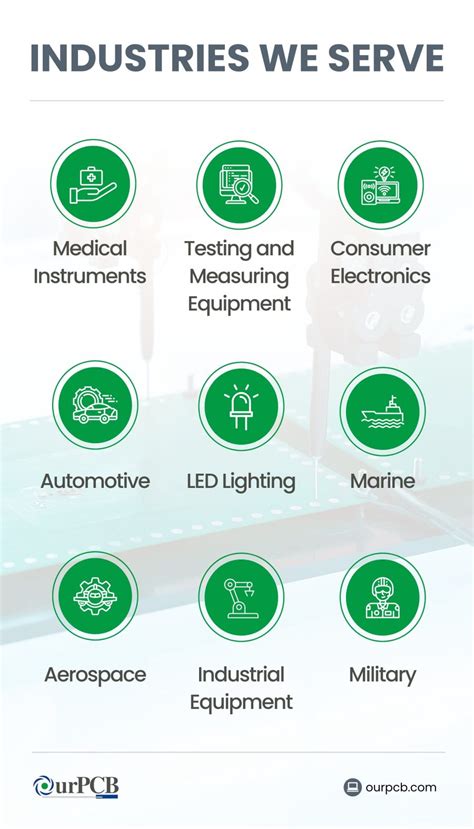
Leveraging Automation for Precision and Speed
In the competitive landscape of PCB assembly ventures, integrating automation has become a cornerstone for achieving both precision and speed. Modern PCBA processes increasingly rely on advanced robotic systems, such as pick-and-place machines and automated optical inspection (AOI) tools, to minimize human error and accelerate production cycles. These technologies ensure consistent placement of components—down to micron-level accuracy—while reducing cycle times by up to 50% compared to manual methods. For instance, automated soldering systems maintain optimal temperature profiles, enhancing joint reliability and reducing rework rates.
The adoption of IoT-enabled machinery further amplifies efficiency by enabling real-time monitoring of production lines. Sensors embedded in PCB assembly equipment collect data on throughput, defect rates, and machine health, allowing operators to preemptively address bottlenecks or maintenance needs. Additionally, machine learning algorithms can analyze historical data to refine workflows, predict component shortages, and optimize resource allocation. This synergy between hardware and software not only boosts output but also lowers operational costs by curbing material waste and energy consumption.
While the initial investment in automation may seem substantial, the long-term payoff for PCBA businesses is undeniable. Scalable robotic systems allow manufacturers to flexibly adjust production volumes without proportional increases in labor expenses. Moreover, automated quality assurance protocols—such as automated X-ray inspection (AXI)—ensure stringent compliance with industry standards, reducing the risk of costly recalls or reputational damage. By prioritizing automation, PCB assembly firms can secure a competitive edge, delivering high-volume, high-quality outputs that align with evolving market demands.
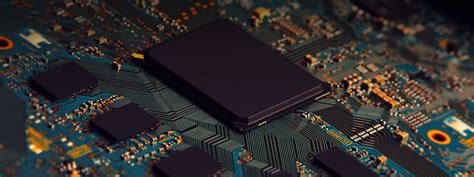
Streamlining Supply Chain Management for Reduced Overheads
Efficient supply chain management is a cornerstone of profitability in the pcb assembly industry. By minimizing delays, reducing material waste, and negotiating favorable terms with suppliers, businesses can significantly lower operational costs. A streamlined supply chain begins with strategic supplier partnerships. Collaborating with reliable vendors for pcba components ensures consistent quality and on-time deliveries, reducing the risk of production bottlenecks. For instance, consolidating suppliers for high-volume materials like substrates, solder paste, or connectors can lead to bulk pricing advantages and simplified logistics.
Implementing just-in-time (JIT) inventory management further optimizes resource allocation. By aligning material orders with production schedules, companies avoid overstocking and reduce storage costs. Advanced tools like Enterprise Resource Planning (ERP) systems enable real-time tracking of inventory levels, supplier lead times, and order statuses, fostering data-driven decision-making. Below is a comparison of traditional vs. optimized inventory approaches:
| Metric | Traditional Approach | Optimized Approach |
|---|---|---|
| Inventory Holding Costs | High | Low |
| Lead Time Variability | Unpredictable | Controlled |
| Defect Rate Impact | Significant | Mitigated |
Additionally, integrating automation into procurement workflows reduces manual errors and accelerates order processing. For example, automated reordering triggers based on predefined inventory thresholds ensure uninterrupted production cycles. Geographically diversifying suppliers—while maintaining centralized oversight—can also mitigate risks from regional disruptions, such as logistics delays or geopolitical uncertainties.
Finally, leveraging data analytics to identify inefficiencies in transportation routes or payment terms unlocks further cost savings. By analyzing historical spending patterns, pcb assembly firms can negotiate volume-based discounts or extended payment cycles, improving cash flow. These strategies collectively create a resilient, cost-effective supply chain that supports scalable growth in competitive pcba markets.
Adopting Scalable Workflow Solutions for Growth
In the competitive landscape of PCB assembly, scalability is a cornerstone for sustained growth and profitability. Businesses must prioritize scalable workflow solutions that adapt to fluctuating demand while maintaining operational efficiency. A critical first step involves implementing modular production lines, which allow PCBA manufacturers to reconfigure equipment and processes swiftly in response to changing order volumes or product complexities. By integrating automation tools such as robotic pick-and-place systems and automated optical inspection (AOI), companies can reduce manual intervention, minimize errors, and accelerate throughput. These technologies not only enhance precision but also create a foundation for future-proofing operations against market uncertainties.
Another key strategy is the adoption of real-time monitoring systems paired with cloud-based workflow management platforms. These tools provide visibility into production bottlenecks, inventory levels, and machine performance, enabling data-driven decisions that align with growth objectives. For instance, predictive maintenance algorithms can preempt equipment downtime, ensuring uninterrupted PCB assembly cycles. Additionally, scalable workflows benefit from flexible inventory management practices, such as just-in-time (JIT) sourcing, which reduces warehousing costs while maintaining agility in supply chain operations.
To further optimize scalability, PCBA ventures should invest in cross-training employees to handle multiple stages of production. This approach not only improves workforce adaptability but also mitigates risks associated with labor shortages. Collaborative partnerships with suppliers and logistics providers also play a pivotal role, as they enable rapid scaling of material procurement and distribution channels. By embedding scalability into every layer of the workflow—from design to delivery—businesses can achieve cost-efficient expansion without compromising on quality assurance or delivery timelines. Ultimately, scalable systems empower PCB assembly enterprises to seize emerging opportunities while maintaining resilience in dynamic markets.

Enhancing Quality Control Measures to Minimize Defects
In the competitive landscape of PCB assembly ventures, robust quality control (QC) protocols are indispensable for minimizing defects and maintaining profitability. Modern PCBA processes demand precision, as even minor flaws in solder joints, component placement, or circuit integrity can lead to costly rework or product failures. Implementing automated optical inspection (AOI) systems ensures consistent detection of surface-level anomalies, while X-ray inspection tools address hidden defects in complex multilayer boards. These technologies not only reduce human error but also accelerate defect identification, enabling faster corrective actions.
Integrating statistical process control (SPC) methods further enhances QC by analyzing production data in real time. By monitoring variables such as solder paste volume or reflow oven temperatures, manufacturers can preemptively adjust parameters to stay within tolerance limits. Pairing SPC with machine learning algorithms allows PCB assembly lines to predict defect patterns, optimizing process stability over time.
Supplier collaboration is equally critical. Rigorous vetting of component suppliers and enforcing traceability standards mitigate risks from counterfeit or substandard parts, which are common pain points in PCBA workflows. Additionally, adopting first-pass yield (FPY) metrics as a KPI incentivizes teams to prioritize accuracy at every production stage.
Finally, fostering a culture of continuous improvement through regular audits and cross-functional training ensures QC measures evolve alongside technological advancements. By embedding quality assurance into every layer of PCB assembly operations, businesses can reduce waste, enhance customer trust, and secure long-term profitability in a demanding market.
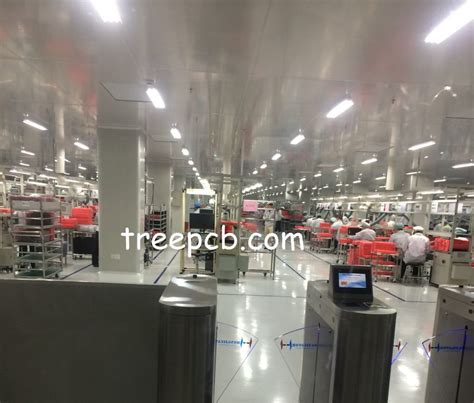
Investing in Advanced Manufacturing Technologies
In the competitive landscape of PCB assembly ventures, investing in advanced manufacturing technologies is a strategic imperative to enhance efficiency and profitability. Modern PCBA processes benefit significantly from innovations such as automated optical inspection (AOI) systems, which ensure precise component placement and detect defects in real time. Integrating surface-mount technology (SMT) lines with high-speed pick-and-place machines reduces cycle times while maintaining consistency, directly lowering labor costs and material waste. Additionally, adopting 3D printing for rapid prototyping accelerates product development, allowing businesses to iterate designs faster and meet evolving market demands. Advanced machinery equipped with IoT-enabled sensors facilitates predictive maintenance, minimizing unplanned downtime and extending equipment lifespan. By leveraging AI-driven analytics, manufacturers can optimize production schedules, forecast demand, and identify bottlenecks, further refining operational workflows. These technologies not only improve quality assurance but also enable scalable solutions, ensuring that PCB assembly operations can expand capacity without compromising on precision or turnaround times. Ultimately, forward-thinking investments in automation, data-driven tools, and cutting-edge equipment position PCBA firms to achieve long-term profitability in an increasingly demanding industry.
Utilizing Data Analytics for Continuous Process Improvement
In the pcb assembly sector, leveraging data analytics has become indispensable for driving continuous process improvement and maintaining competitive margins. By systematically collecting and analyzing production data, PCBA manufacturers can identify inefficiencies, predict equipment maintenance needs, and optimize resource allocation. For instance, real-time monitoring of automated assembly lines enables operators to detect deviations in component placement accuracy or soldering temperatures, allowing immediate corrections that reduce scrap rates and rework costs. Advanced analytics tools also facilitate predictive maintenance, using historical performance data to forecast machinery wear-and-tear, thereby minimizing unplanned downtime and extending equipment lifespan.
Another critical application lies in supply chain optimization. By integrating data from suppliers, inventory systems, and customer demand forecasts, pcb assembly businesses can dynamically adjust procurement schedules, reducing excess material stockpiles while ensuring timely component availability. This approach not only lowers storage costs but also mitigates risks associated with supply chain disruptions. Furthermore, analytics-driven insights into defect patterns help refine quality control protocols. For example, correlating solder joint failures with specific environmental conditions or operator shifts enables targeted training programs or process adjustments, elevating overall product reliability.
To maximize impact, PCBA ventures should adopt platforms that unify data from design, production, and testing phases. Machine learning algorithms can then identify correlations between design choices (e.g., trace widths or layer counts) and manufacturing outcomes, informing future design-for-manufacturability (DFM) guidelines. By treating data as a strategic asset, businesses transform raw metrics into actionable strategies, fostering a culture of iterative refinement that aligns with long-term profitability goals.
Conclusion
In the competitive landscape of modern PCB assembly ventures, achieving sustained profitability hinges on a balanced approach that prioritizes innovation, efficiency, and adaptability. By integrating cost-efficient production techniques—such as lean manufacturing and material waste reduction—businesses can lower operational expenses without compromising output quality. The adoption of automation integration in PCBA processes not only enhances precision and speed but also reduces labor costs, enabling firms to reallocate resources toward strategic growth initiatives. Equally critical is the optimization of supply chain management, which minimizes delays and overheads through vendor consolidation, real-time inventory tracking, and predictive demand planning. Scalability remains a cornerstone for long-term success; modular workflows and flexible production lines allow PCB assembly enterprises to swiftly adapt to market fluctuations or client demands. Furthermore, rigorous quality assurance protocols, supported by advanced inspection technologies like automated optical testing, ensure defect minimization and customer satisfaction. Investing in cutting-edge manufacturing tools, such as AI-driven analytics and IoT-enabled systems, empowers businesses to identify inefficiencies and drive continuous process improvement. Ultimately, the convergence of these strategies positions PCBA providers to thrive in an era where agility, precision, and cost-effectiveness define market leadership.
Frequently Asked Questions
How can PCB assembly ventures reduce production costs without compromising quality?
By adopting cost-efficient production techniques such as panelization to maximize material usage, negotiating bulk purchasing for components, and implementing lean manufacturing principles to minimize waste. Pairing these strategies with advanced manufacturing technologies ensures consistent quality while lowering expenses.
What role does automation play in improving PCBA workflows?
Automation integration enhances precision and speed in tasks like solder paste application, component placement, and inspection. Automated systems reduce human error, accelerate throughput, and enable 24/7 production cycles, directly boosting profitability and scalability.
How does supply chain optimization impact profitability in PCB assembly?
Streamlining supplier relationships, diversifying sourcing channels, and using predictive analytics for inventory management reduce lead times and overheads. A resilient supply chain minimizes disruptions, ensuring timely delivery of high-quality components at competitive prices.
Why are scalable workflow solutions critical for growth in PCBA?
Scalable workflows allow businesses to adjust production capacity dynamically, accommodating fluctuating demand without overinvesting in fixed resources. Modular equipment designs and cloud-based process management tools support seamless expansion as order volumes grow.
How do quality assurance measures reduce defects in PCB assembly?
Implementing automated optical inspection (AOI), in-circuit testing (ICT), and rigorous post-assembly checks identifies issues early, preventing costly rework. Consistent quality control protocols build client trust and reduce long-term operational risks.
Can data analytics improve PCBA processes?
Yes. Real-time data collection and analysis enable continuous process optimization, identifying bottlenecks, predicting maintenance needs, and refining production parameters. This data-driven approach enhances efficiency, yield rates, and decision-making accuracy.
Take the Next Step in Optimizing Your PCB Assembly Process
Ready to transform your PCB assembly or PCBA operations? Explore tailored solutions for cost reduction, automation, and quality enhancement by visiting our dedicated resource page. Please click here to learn how our expertise can elevate your venture’s profitability.

